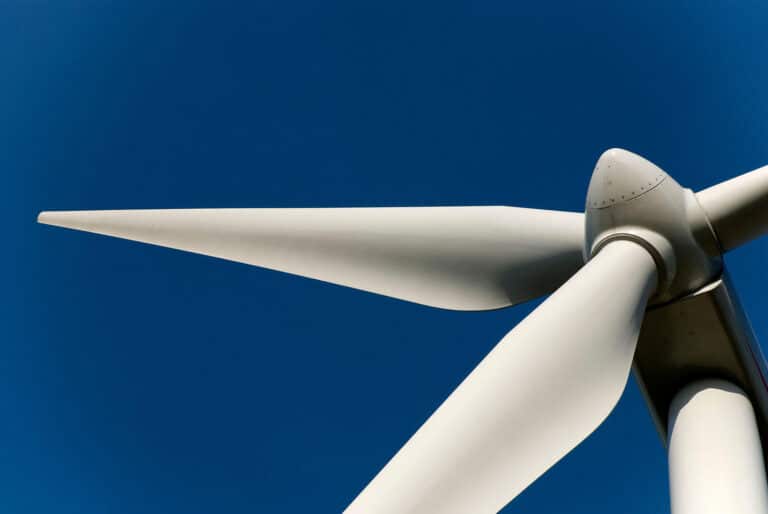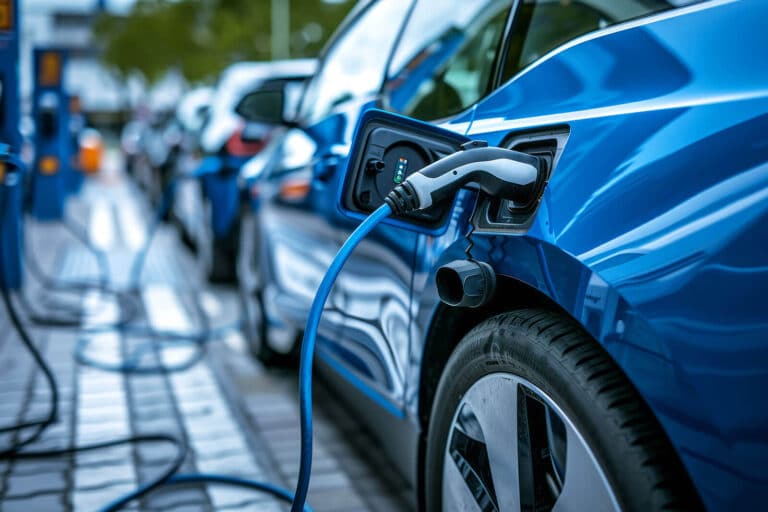Mobile Header/Navigation In Progress
With its sunshine and deregulated electricity market, Alberta attracts many solar power generation projects. Our province currently has 3,800 Megawatts of wind and solar capacity, and an additional 1,800 megawatts are under construction.
According to estimates by the International Renewable Energy Agency, solar photovoltaic is one of the fastest-growing renewable energy technologies and plays an increasingly important role in the global energy transformation. With solar modules becoming more economical—prices fell by up to 93% between 2010 and 2020—it’s estimated that Canada could accumulate up to 800,000 tonnes of end-of-life solar panels by 2050.
ARMA has been actively working with industry stakeholders to explore recycling options, including contacting industry contacts to recycle panels free of charge in our pilot.
Over the past three years, in collaboration with partners such as the Northern Alberta Institute of Technology (NAIT), ARMA has been actively engaged in testing and refining strategies for recycling solar panels. Recognizing the complexities involved in handling this specialized waste stream, our initial efforts were focused on evaluating various processes and technologies to maximize the efficiency and effectiveness of testing panels for reuse while figuring out how to recycle panels responsibly.
We’ve been collecting solar panels from industry partners to support our testing processes, with primarily two types of panels collected:
Want to discard your used solar panels? Visit our depot finder to find a location near you.
Through our pilot program, we have meticulously sorted over 2,800 panels. The Canadian Renewable Energy Association (CanREA) indicates that solar panels are 90% recyclable by mass, with components that can be reused, refurbished, or upcycled and eventually recycled.
The manual sorting and testing of panels presented a major challenge in the pilot. A test bench was designed and built to hold the panel and allow easy access to attach a monitor to the harness. To minimize costs associated with the testing prototypes, we utilized the same tools used to test the effectiveness of the panels during their production and sun exposure.
Typically, a panel loses half a per cent of efficiency annually and rarely stops working overnight unless damaged. Through the sorting process, approximately 350 panels showed no signs of damage to the panel. Still, on closer inspection, the harness was either damaged or removed, making the panels unsuitable for testing.
While informative, this process has proven financially unsustainable on a small scale. However, our testing has provided invaluable insights into the feasibility of automation and the need for streamlined testing protocols. Despite initial setbacks, our commitment to finding viable solutions remains unwavering.
While the results have been sobering, with only 16 panels deemed suitable for reuse out of the 96 tested, they have nonetheless provided essential data for informing our next steps. It has become evident that a more automated approach is necessary to make recycling economically viable on a larger scale.
Solar panels also provide a valuable energy source but pose a unique challenge for recycling:
Solar power systems consist of recyclable materials, including copper (cabling), aluminum (racking), glass and electronic components. There are also precious metals, such as silver, but the proportion of these materials has been dramatically reduced over the past few years, contributing to Solar’s significant cost reduction. Once the glass and metal have been channelled into well-established recycling processes, very little mass remains that requires special treatment.
Solar panel materials can then be reused to manufacture new panels or for other industrial applications, such as pulverizing Photovoltaic cells into fine glass powder to create reflective paint for roads.


Integrating renewable products into our daily lives goes hand in hand with recycling and the circular economy. That’s why ARMA and the Government of Alberta continue to collaborate to identify appropriate recycling policies and processes to manage renewable material waste streams properly.
In 2024, the Government of Alberta announced it will facilitate consultations with experts and industry partners on steps needed to set up a permanent provincial renewable energy recycling program. This will include exploring what new programs and policies are needed to support solar panel recycling, including any potential fees or landfill bans.
While there are currently few decommissioned wind turbines in Canada, as many have lifespans extending into the 2030s, ARMA and the Government of Alberta are demonstrating leadership by establishing a strong foundation for understanding how the electronic components in these machines can be recycled.
Wind turbines are primarily made of 85 to 95 per cent recyclable material. Many contain a lot of electronic components, and through our electronics recycling program, we know that these materials present significant value when recycled.
Like all batteries, electric vehicle (EV) batteries significantly strain the environment when not appropriately discarded and recycled. Thankfully, over 95 per cent of the raw materials in electric vehicle batteries can be recycled.
As more electric vehicles enter the vehicle market, it’s important to continue working to mitigate this material's environmental impact.